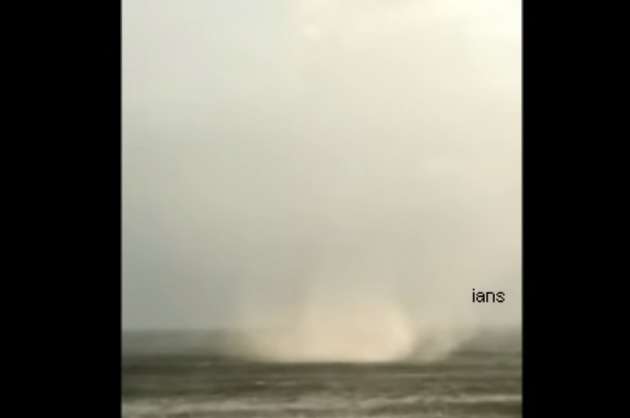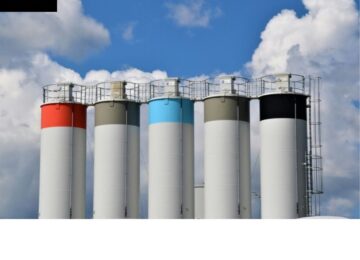24 June 21
Yashashree Malpathak
www.mediaeyenews.com
The Great Barrier Reef of Australia has faced several mass coral bleaching events in the past two decades, due to warmer sea temperatures. According to a study published by marine scientists at the ARC Centre of Excellence for Coral Reef Studies in Queensland, the World Heritage site recognised for its "enormous scientific and intrinsic importance", has lost more than 50 percent of its corals due to warmer sea temperature caused by climate change since 1995.
Let’s understand what coral bleaching is and how it is caused. Coral bleaching is a kind of stress response from corals. Inside the living tissues of coral animals, are microscopic plants—called zooxanthellae that generate energy, sugars that are used by the coral animals for their own energy supply. These single-cell plants also provide most of the colour seen in the coral making them important for the corals. They are browny-green in colour. Hence, most healthy corals are hence browny green in colour.
Under circumstances when things get stressful for the corals, the relation between the coral animals and the tiny single-celled plants starts to break down. Instead of the single-cell plants producing sugars and chemicals that are good, they start producing ones that are harmful.
As a result, the corals start to expel the zooxanthellae from their tissues. The more of the plants the coral spits out, the paler the colour of the coral becomes. Corals then start to look either white because now we see the pigments produced by the coral itself.
One of the reasons that cause coral bleaching, is excessive temperature. It is caused by high sea temperatures and intense UV exposure. Excessive cold temperatures, as well as other factors such as exposure to freshwater from floods or pollution, may induce coral bleaching. However, mass coral bleaching is caused only due to temperature stress. If the temperature is way above the average or the above-average temperature sticks around for a long time, then a lot of corals will die. If the water temperature cools down, or otherwise, the temperature stress doesn’t stay for too long, the corals can still recover and regain the tiny microscopic plants and their colour. It can also recover when corals on other reefs nearby in the reefy coast system, will reproduce and with enough time, the reef itself can recover.
The Great Barrier Reef, spanning across 2,300 kilometres, has seen many instances of mass coral bleaching. In March 2020, it saw its third mass bleaching event in five years. Warm sea surface temperatures during the summers have caused mass bleaching events in the Great Barrier Reef five times so far, in the years 1998, 2002, 2016, and 2017. The mass bleaching events in 2016 and 2017 harmed two-thirds of the Great Barrier Reef. Last year, due to the impact of human-induced climate change, Australia was forced to downgrade its five-year reef outlook from 'poor' to 'very poor’. In a draft report released on 21st June, UNESCO stated that the Great Barrier Reef should be put on the list of World Heritage Sites that are "in danger" due to degradation and failure to meet essential criteria for improving seawater quality.





























Thanks for the information!
Global warming is causing lot of harm to the nature. Human activities are playing major roll in that. The concern is needed to avoid the destruction of natural life.This article throws light on this important issue.
good article!
This article has the perfect information I need to know about Coral bleaching. Great work.